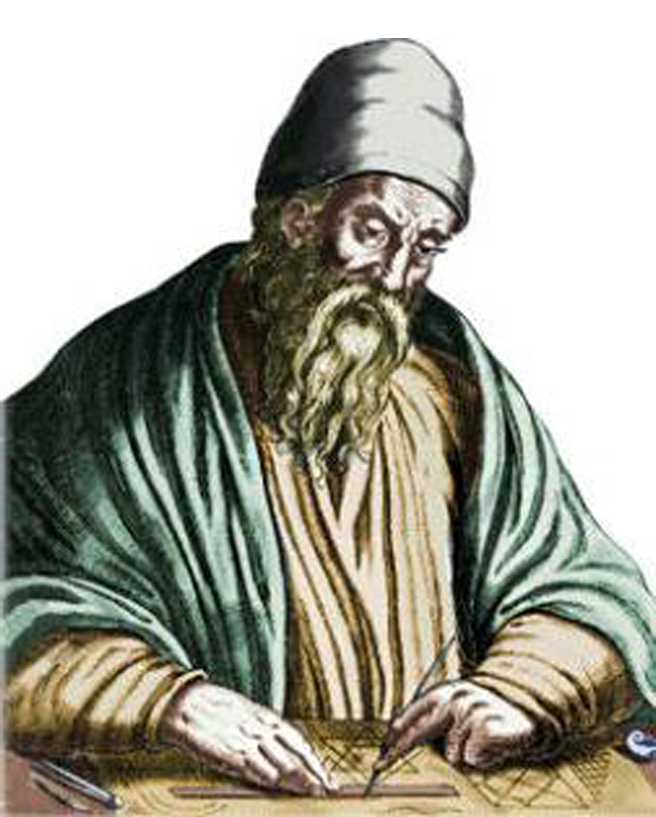Introduction
Euclid, a Greek mathematician born around 300 BC, wrote the core foundation of the logical structures of geometry in his books entitled Elements.
Five postulates in these books were selected to form the basis of Euclidean geometry. These are the following:
| 1. |
A straight line may be drawn between any two points.
|
| 2. |
A finite straight line may be extended continuously.
|
| 3. |
A circle may be described with any center and any radius.
|
| 4. |
All right angles are congruent to each other.
|
| 5. |
Through any point not on a straight line, one and only one line may be drawn parallel to the given line.
|
In this lesson, you will learn the axiomatic development of geometry. You will also learn to write proofs involving undefined terms and other basic concepts in geometry.

